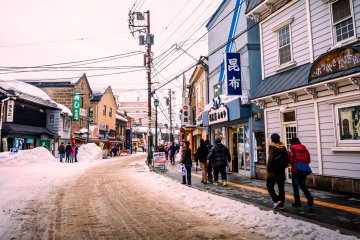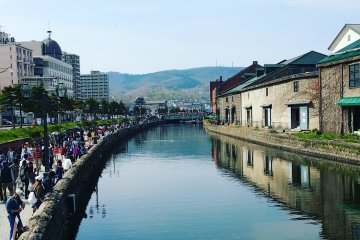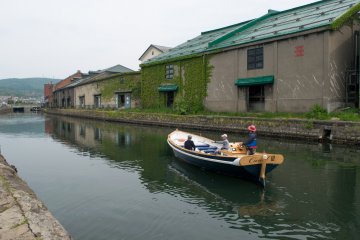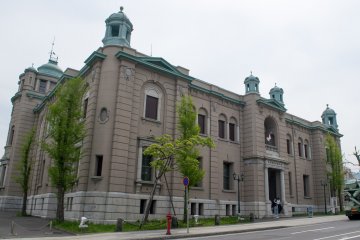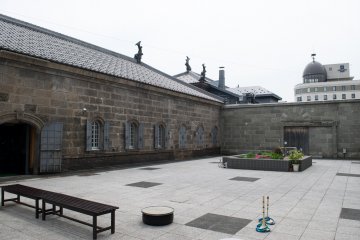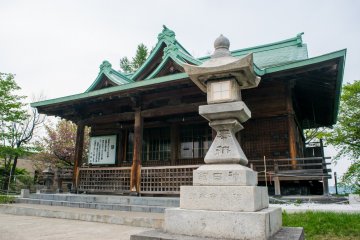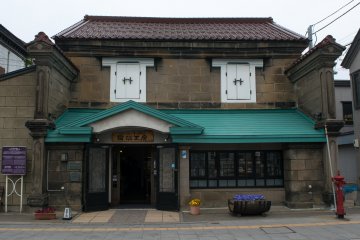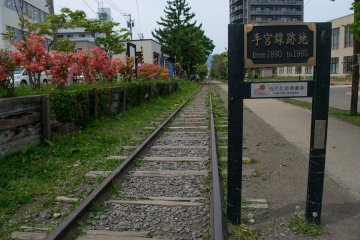Otaru is a quaint town, with an interesting, well-preserved history from its peak as a mercantile centre in Hokkaido, but a single day here presents the perfect length of time to appreciate everything the town has to offer.
Start your day at the Otaru Museum of Nature and History, found at the southern end of the canal. This small exhibition will take no more than 30 minutes to explore, and grants a solid knowledge base on the town’s industrial past prior to visiting these sites. Information is presented in Japanese, but the museum provides a helpful pamphlet of English translations for the main artefacts.
Leaving the museum, follow the main canal up to the Asakusa bridge. This spot might be busy with tourists, but it offers a lovely view of the warehouse lined canal.
Just off of the canal is Kita-no-aisukurimu Yasan, an intriguing ice cream parlour located in a renovated former stone warehouse. The appeal of this cute parlour is really in its novel flavours, which range from beer to purple sweet potato, and even to sea urchin!
Taking a left from Kita-no-aisukurimu Yasan brings you to Nichigindori — or as its been dubbed, the former “Wall Street of the North.” Nichigindori was the financial centre of Hokkaido in its heyday, and the Bank of Japan Otaru Museum, housed in the former Bank of Japan building, can be found here now. Much of the exhibition will be difficult to navigate for non-Japanese speakers, but as with the Otaru Museum, an insightful pamphlet is offered to explain the financial mechanisms and history behind the “Wall Street of the North.” Take a second to really appreciate the elegant Western architecture while here. The building was designed by Kingo Tatsuno, who became a pioneer of Western architecture in Japan under the mentorship of British architect Josiah Conder, designing such other buildings as Tokyo Station and Uheiji Nagano. Don’t forget to also check out the former Temiya Railway which intersects Nichigindori.
Now is the perfect time to grab lunch and taste some of Otaru’s famously fresh and delicious seafood. Go off the beaten track by exploring south for more local dining, or head down to Sakaimachidori where there are countless more-touristy options for the sushi seeking traveller.
Walking along Sakaimachidori provides an idea of Otaru’s modern role in the crafts industry. Murano-influenced glass makers sell their Otaru made products in a number of stores along Sakaimachidori, and crowning the street can be found the Otaru Music Box Museum. The Music Box Museum really is a magical place. Walk through the creaking wooden space and explore the numerous musical relics to the background sound of twinkling music boxes.
To end your day in Otaru, make the short — albeit steep — climb up to the Suitengu shrine. Arrive here for sunset to enjoy the best view the town has to offer.





